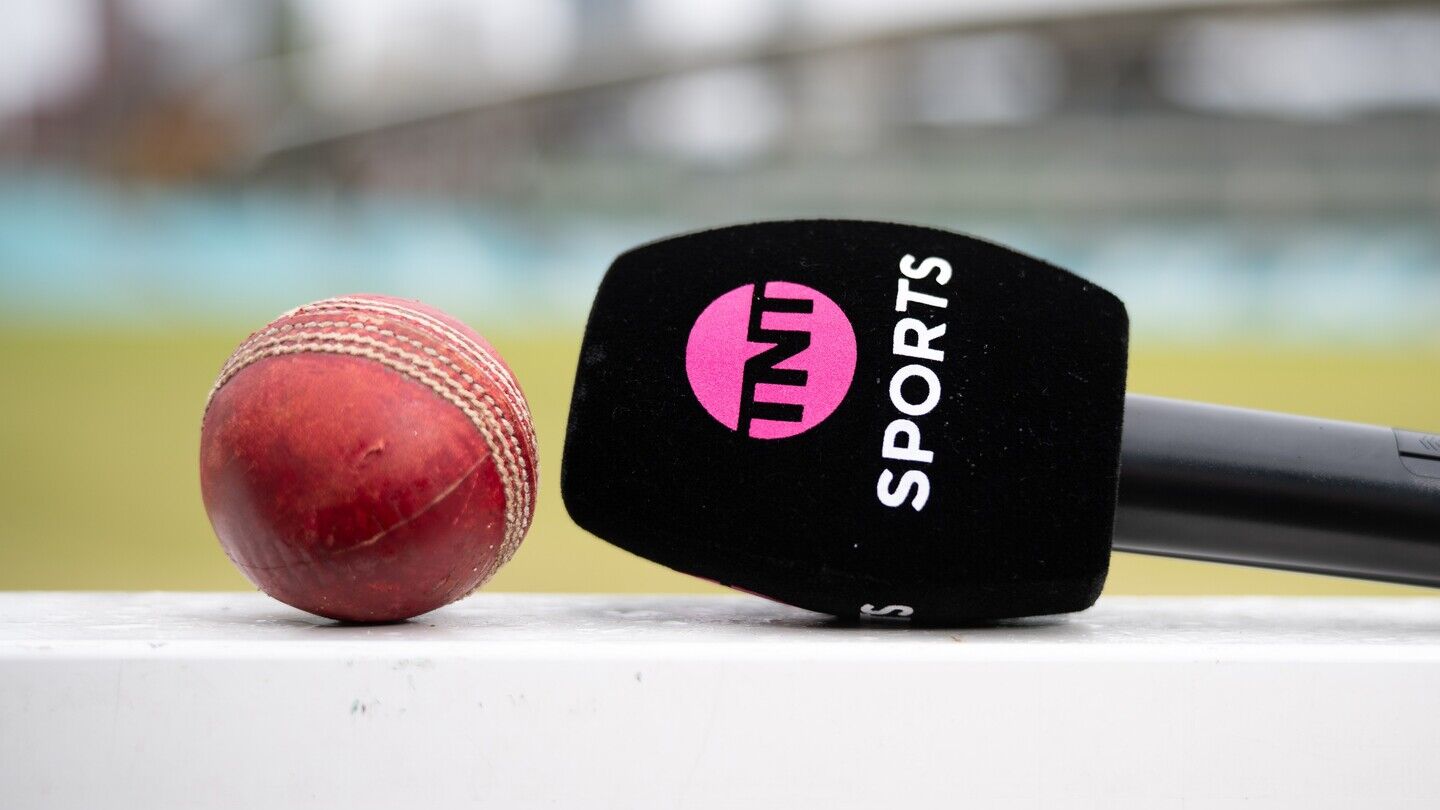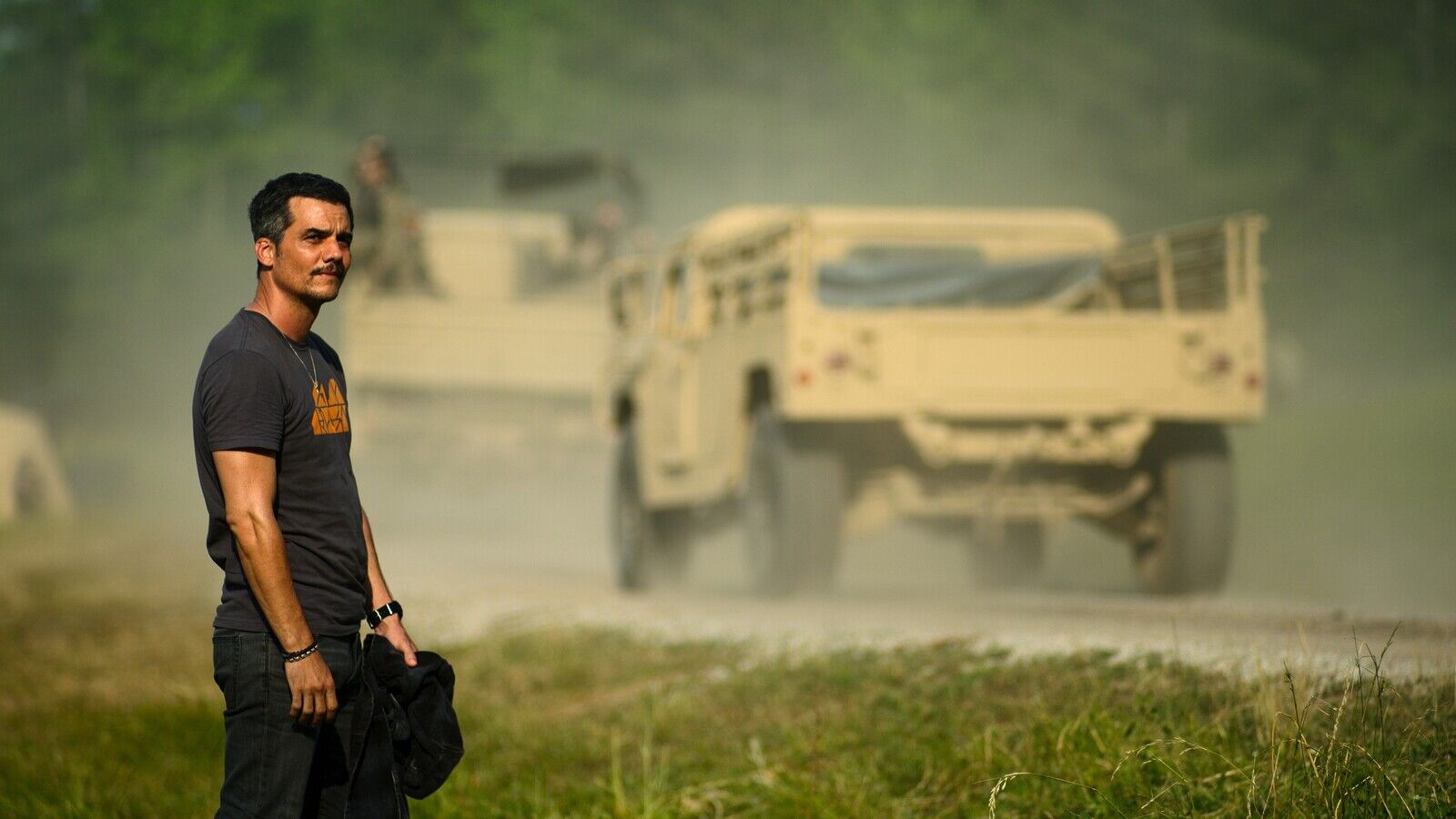In Alex Garland’s action thriller cameras are a weapon of truth, writes Adrian Pennington.
There’s a scene in Oliver Stone’s 1986 movie Salvador about the country’s chaotic civil war where a photojournalist played by John Savage is killed in the heroic attempt to capture the money shot - or proof - of military bombs falling on the civilian population.
The heroic nature of photojournalists and the wider importance of upholding the journalistic quest for truth is Writer-Director Alex Garland’s mission in Civil War - although the lines are blurred. The film’s hero, a veteran war photographer, is among a press pack dreaming of the ultimate money shot: the capture or execution...
You are not signed in
Only registered users can read the rest of this article.

Behind the scenes: Hamnet
Look, lighting and camera movement were stripped back to basics by cinematographer Lukasz Żal to create the stage for Shakespeare’s personal tragedy.

Behind the scenes: The Running Man
Scenes structured like Russian nesting dolls present Editor Paul Machliss with a challenge in completing this deadly reality TV show.

TNT Sports and The Ashes: “We need to be at the heart of the story”
TNT Sports takes a hybrid approach as England’s cricket team heads down under with a sporting chance of returning with a little urn. Adrian Pennington reports.

Behind the scenes: Frankenstein
Cinematographer Dan Laustsen tells IBC365 why he and Guillermo del Toro turned the classic nightmare, Frankenstein, into a love story of ice and warmth between father and son.
Behind the scenes: Good Boy
From casting his own dog as the lead to shooting at a dog’s eye level, first-time Feature Director Ben Leonberg has perfected a filmmaking process built entirely around a pet. The result? Critical acclaim and a viral smash for horror season.




